Co-Curating LATINOAMERICANO - Issa Al Shirawi on Global Connections in Contemporary Art
2025/04/30
Years of Culture
false
2025/04/30
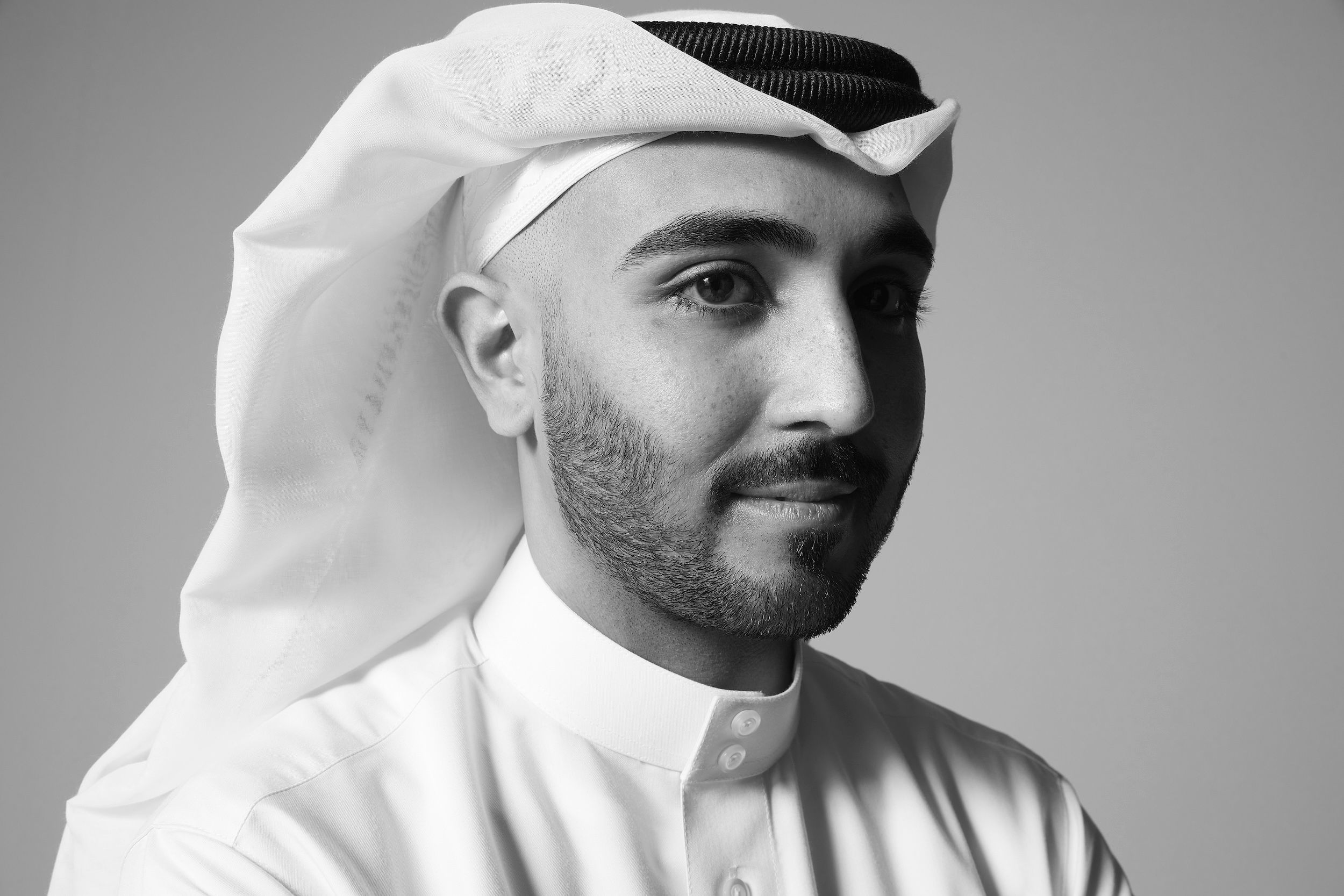
With paintings, sculptures, installations, textiles, and film, the exhibition reflects the richness and diversity of Latin American visual culture through a thematic lens that transcends borders and time.
At the heart of this exhibition is a dynamic curatorial collaboration between Latin America and the Arab world. We sat down with Issa Al Shirawi, Head of International Exhibitions at Qatar Museums and co-curator of LATINOAMERICANO, to explore how the exhibition was shaped by dialogue, cultural reciprocity, and a shared vision for connecting global audiences.
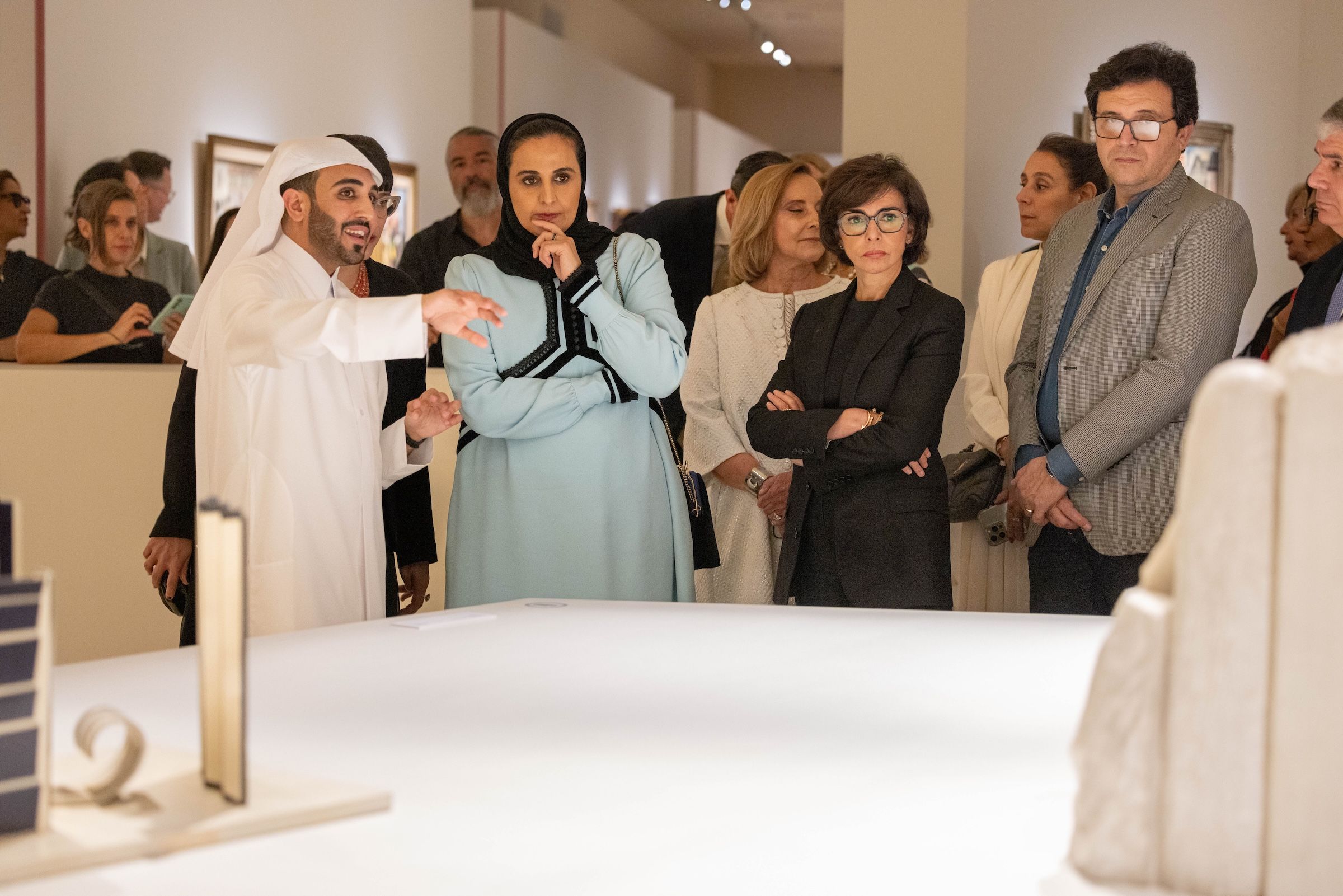
A specialist in contemporary Arab art, Al Shirawi offers a unique perspective on how Latin American works resonate within the context of Qatar, and how this project opens space for new conversations across regions, histories, and artistic languages.
Can you tell us a little about your background? What inspired your journey into curating and researching contemporary art from the Arab world?
My journey began with a deep interest in how art reflects and reshapes cultural identity. Over the years, this evolved into a more structured pursuit- studying and working in the field of museology and curatorial practice, with a particular focus on contemporary art in general and its role in the Arab world. What continues to inspire me is the dialogue between heritage and innovation and how contemporary artists respond to shared and complex histories, regional transformations, and global contexts.
As Head of International Exhibitions at Qatar Museums, how do you approach cross-cultural artistic collaborations?
Cross-cultural collaboration is at the heart of what we do at Qatar Museums. My approach always begins with mutual respect and active listening - understanding the cultural context and curatorial vision of our partners. We look for narratives and artworks that complement each other and challenge conventional understandings. We focus on building meaningful juxtapositions that allow audiences to see the world through multiple lenses.
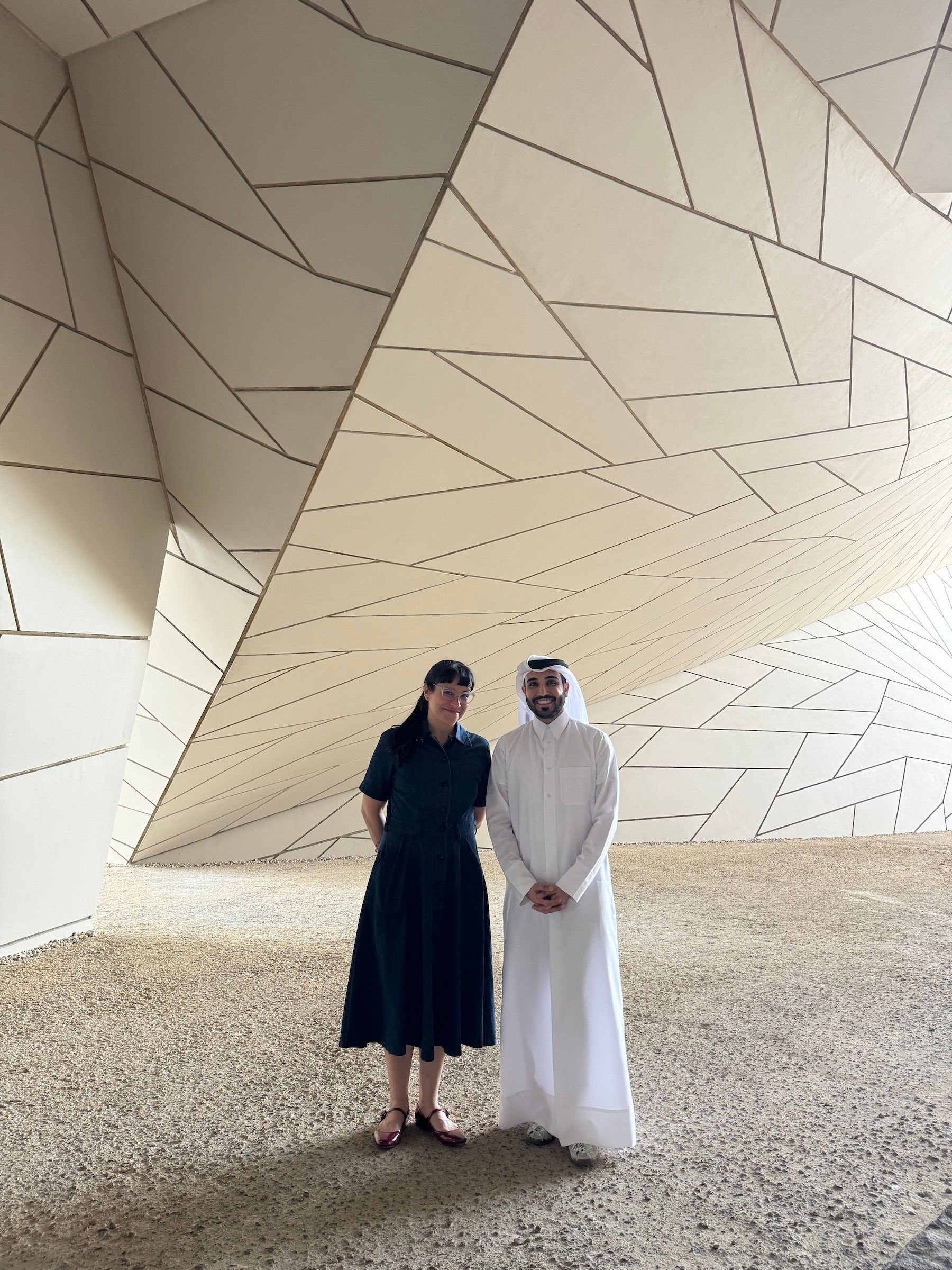
What inspired Qatar Museums to bring Latin American art to Doha as part of the Qatar Argentina and Chile 2025 Year of Culture, and how does LATINOAMERICANO fit into this vision?
The LATINOAMERICANO exhibition is a cornerstone of our Qatar Argentina and Chile 2025 Year of Culture. This initiative is about supporting genuine cultural exchange, and Latin America, particularly Argentina and Chile, offers a rich, complex artistic heritage that resonates on many levels with our region. While serving as an introduction to art from Latin America, LATINOAMERICANO is also an invitation to explore themes of identity, resistance, and transformation that echo deeply with the Arab world.
By presenting this exhibition in Doha, we wanted to create a platform for shared experiences and expand storytelling beyond geographic boundaries. With around 170 works by over 100 artists, this is the first large-scale showcase of modern and contemporary Latin American art in the WANA region, and we’re proud to host it at the National Museum of Qatar. This exhibition truly reflects the spirit of the initiative: building bridges, celebrating diversity, and using art as a tool for mutual understanding.
How did your collaboration with the Chief Curator of MALBA, María Amalia García, shape the narrative and curatorial approach for this exhibition?
Working with María has been inspiring. Her deep knowledge of Latin American art history and incredible insight into audience engagement brought invaluable depth to our collaboration. Together, we wanted to construct a narrative that speaks to the diversity of artistic practices across Latin America, while allowing room for dialogue with the local context here in Qatar.
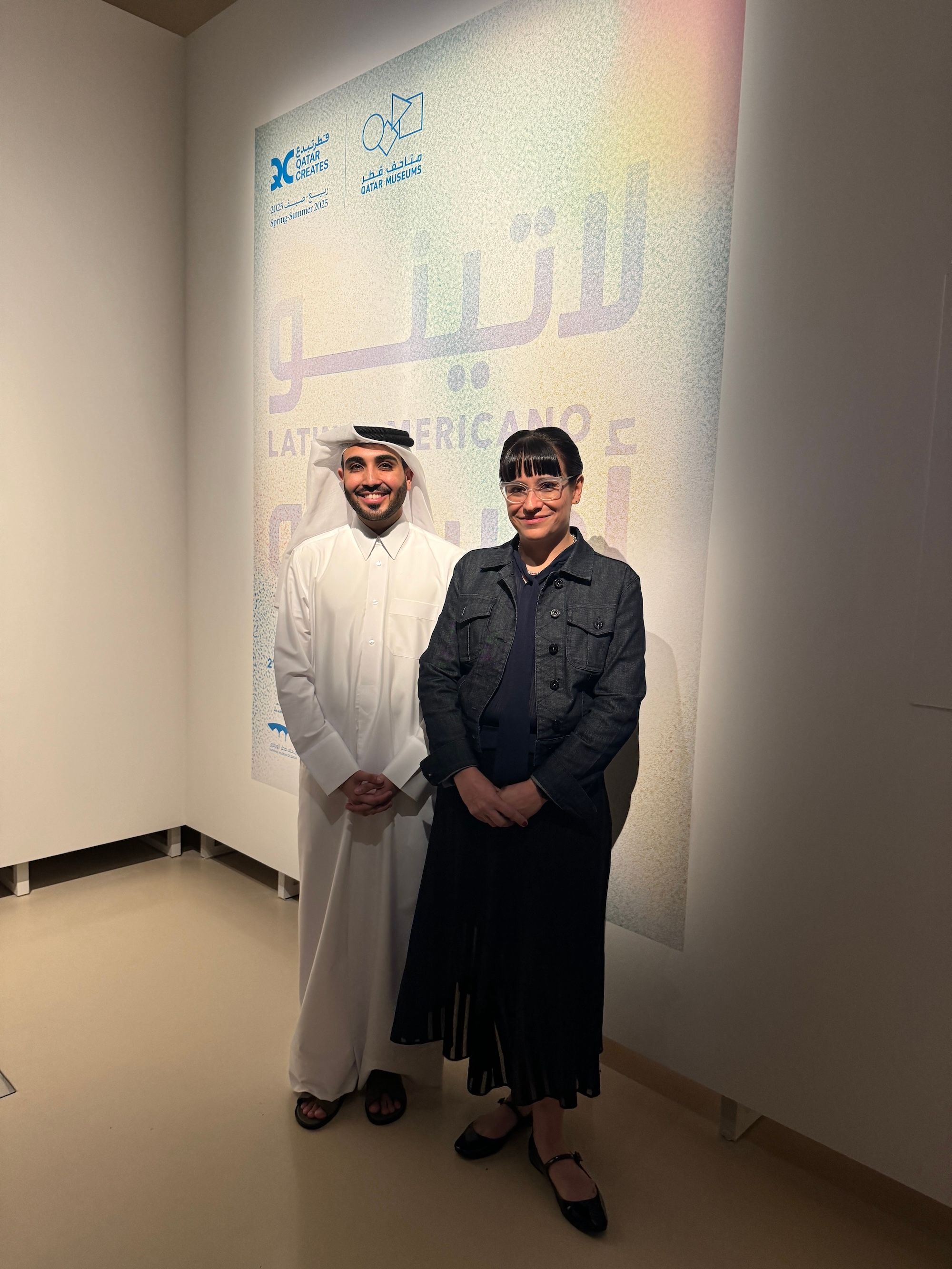
Our curatorial approach was to create thematic bridges highlighting how artists from different countries and across different time periods respond to questions of memory, identity, and modernity in strikingly similar ways. Organised into six thematic sections, we explored key threads such as urban development, moments of societal transition, and the transformative role of art in shaping regional identity.
What makes the National Museum of Qatar the perfect setting for this exhibition, and how does it enhance the visitor’s experience of Latin American art?
The National Museum of Qatar is a space that invites reflection on cultural heritage, transformation, and the connections between people and place. Its architecture and mission make it an ideal setting for LATINOAMERICANO, an exhibition that also navigates historical depth and contemporary expression.
Placing Latin American art within this environment invites new readings and associations. We hope it encourages visitors to draw parallels between different cultural trajectories and to appreciate the universality of certain human experiences. The museum’s immersive and storytelling-led design helps bring these artworks to life in fresh, accessible ways. Moreover, the inclusion of Marta Minujín’s Sculpture of Dreams in the museum courtyard offers a dynamic, playful entry point for visitors, signalling that this exhibition is as much about experience and imagination as it is about history.
What parallels or connections did you find between Latin American artistic movements and those from the Arab world? Were there any aspects of the MALBA collection that you found most compelling or surprising during this process?
There are striking parallels between the artistic movements in both regions, especially in their responses to colonial legacies, political uncertainty, and quests for identity. Artists in both Latin America and the Arab world often engage with memory, folklore, and collective trauma in their work. What I found particularly compelling in the MALBA collection was the bold experimentation with form and materials.
Some of the works surprised me with how deeply they mirrored artistic expressions I’ve encountered in Arab contexts, despite the geographic distance. A great example is the work of Bibi Zogbe, whose portrait Renee from Mathaf: Arab Museum of Modern Art’s collection is on display in the exhibition. Bibi Zogbe was a Lebanese born artist who emigrated to Buenos Aires, Argentina and was extremely influential within the artist community in the city.
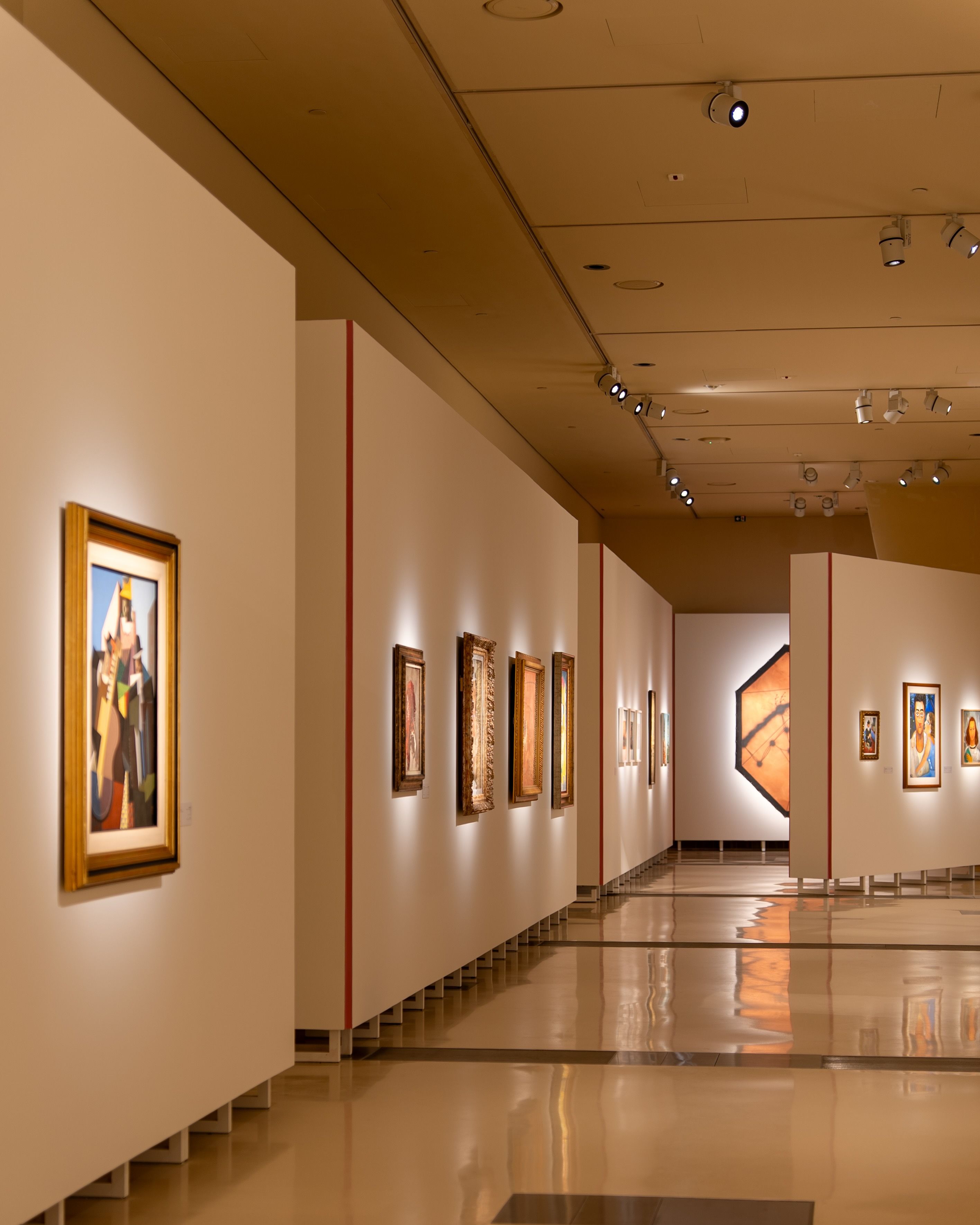
Another great and surprising example came when we began to research the work of Gonzalo Fonseca. Fonseca, who was part of Joaquin Torres Garcia’s atelier, who in the nineteen-fifties, after Torres García’s death, ventured to the Middle East on an archaeological journey that took him to Egypt, Syria, Sudan, Lebanon, Jordan, and Turkey and this is evident in his piece in the exhibition, Haut lieu I [Lugar alto I], 1970-1973.
What has been the most rewarding aspect of co-curating this exhibition?
For me, the most rewarding aspect has been the opportunity to build a cultural bridge that allows for mutual discovery. Seeing the exhibition come together through a process of dialogue, research, and creative exchange has been incredibly fulfilling. It’s also been a personal learning experience, expanding my understanding of Latin American artistic traditions and practices and how they intersect with global conversations in contemporary art. It has also been rewarding to include works from our own institutions, Mathaf and the future Art Mill Museum, into this dialogue, situating Qatar within these global artistic conversations.
What aspects of LATINOAMERICANO do you think will resonate most with audiences in Qatar and why? What do you hope that visitors will take away from the experience?
I believe audiences in Qatar will resonate with the themes of resilience, cultural identity, and transformation that run throughout the exhibition. Many of the works speak to questions of belonging and the preservation of heritage in rapidly changing societies - experiences that are very relevant here.
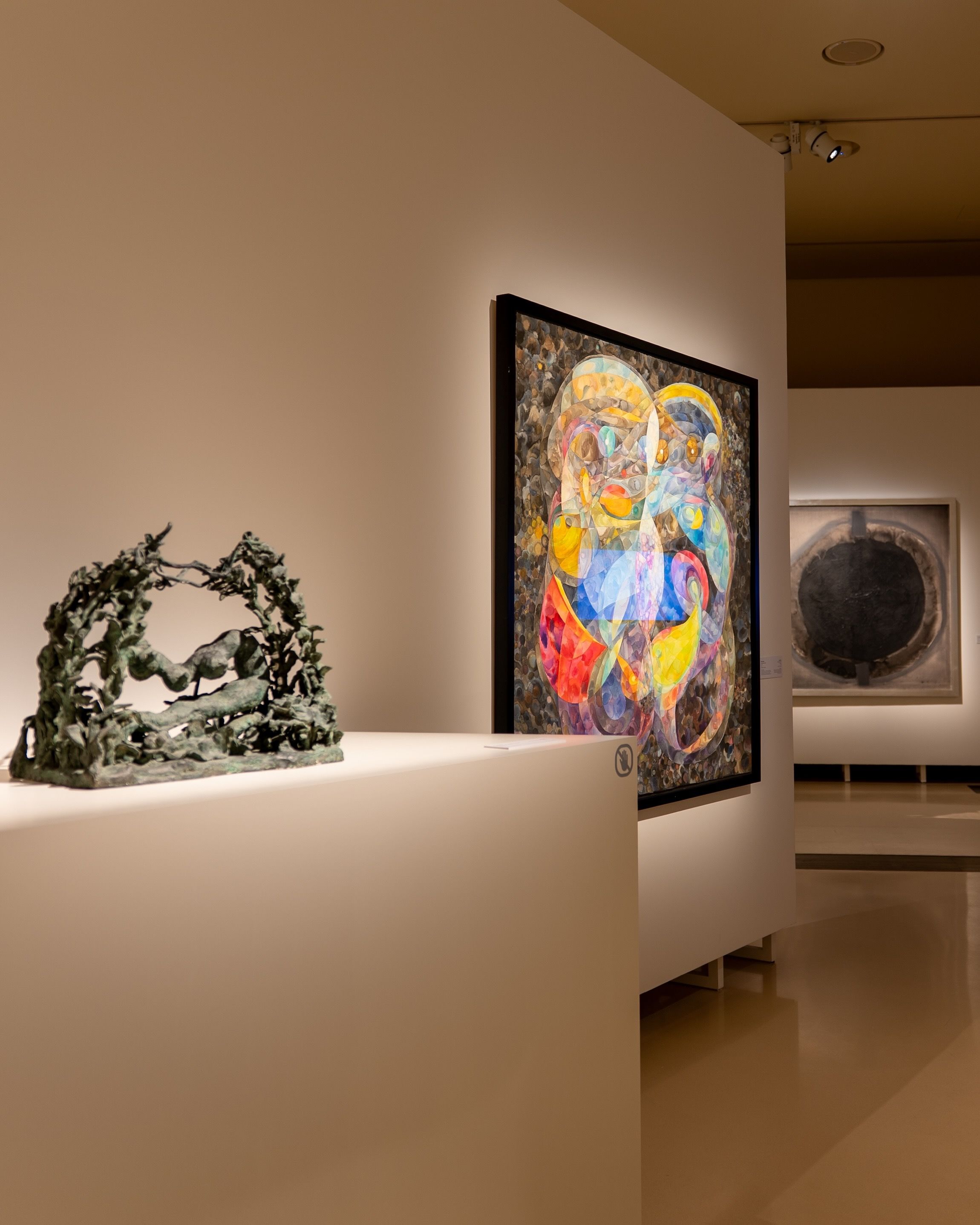
Moreover, the inclusion of iconic works by artists such as Antonio Berni, Frida Kahlo, Diego Rivera, and Wifredo Lam, many of which are being exhibited in the region for the first time, will offer audiences a rare opportunity to encounter works they may have only seen in books or online. I hope visitors come away with a deeper appreciation for the diversity and depth of Latin American art, but also with a sense of connection and a realisation that despite being oceans apart, we share similar aspirations, struggles, and creative impulses.
How do you see the role of museums and exhibitions evolving in fostering global artistic dialogues?
Museums today are dynamic spaces for conversation, learning, and cultural discovery. In an increasingly interconnected world, their role in starting and supporting global dialogue is more important than ever. Exhibitions like LATINOAMERICANO challenge us to look beyond national or regional narratives and consider how art can connect communities across borders. I see the future of museums as being ever more collaborative, inclusive, and engaged in facilitating these conversations - amplifying voices and creating spaces where diverse perspectives can be seen, heard, and valued.
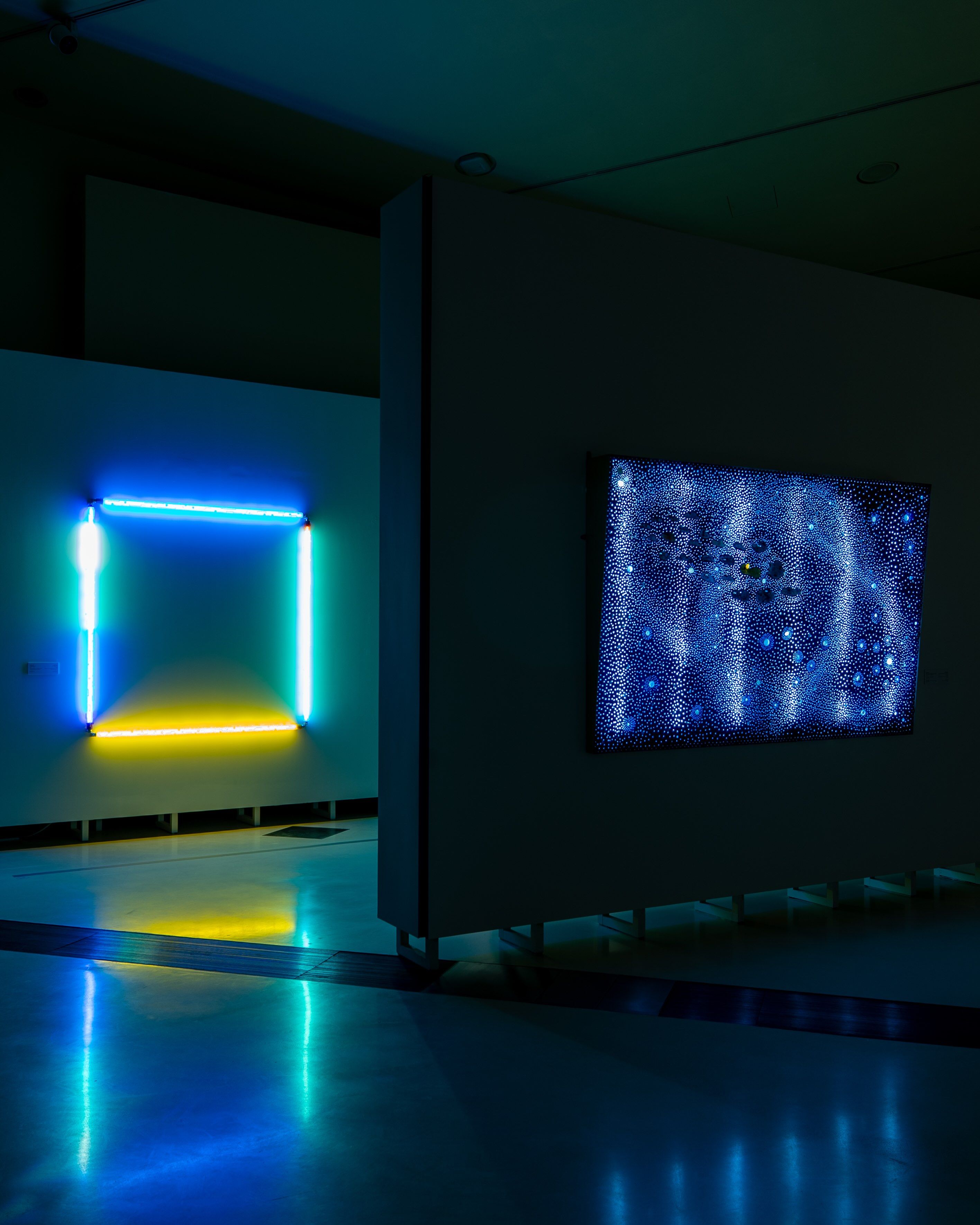
Plan your visit to experience LATINOAMERICANO at the National Museum of Qatar.
Discover more cultural events happening in Qatar and beyond, as part of the Qatar, Argentina and Chile 2025 Year of Culture.